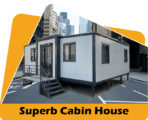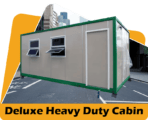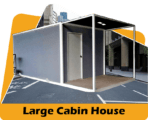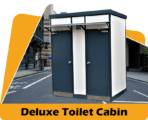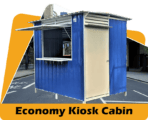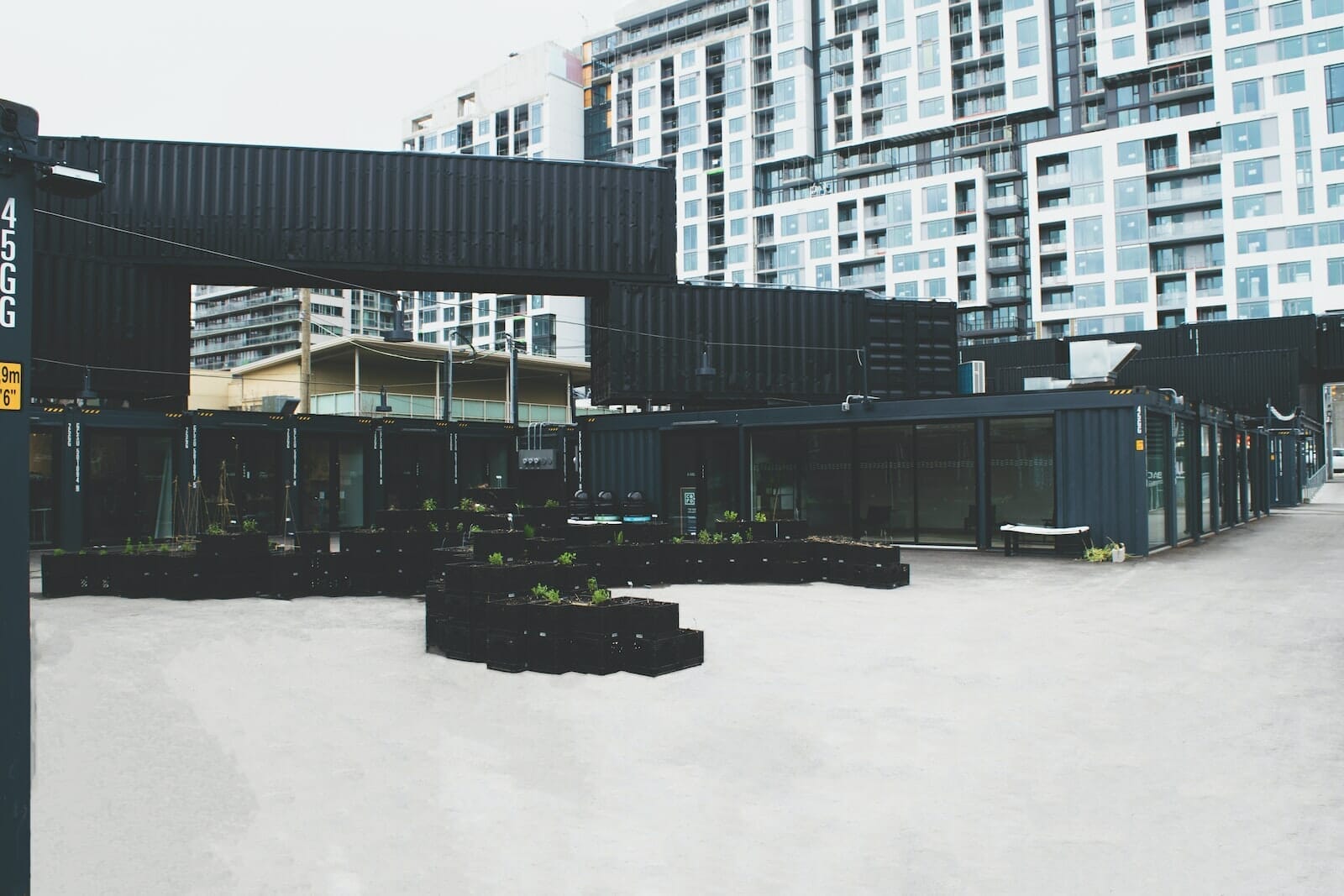
Understanding the Average Cost of a Tiny House: Budgeting for Your Compact Home
Table of Contents
- Introduction
- What is a Tiny House?
- Factors Affecting the Cost of a Tiny House
- Size and Design
- Location and Materials
- Customization and Features
- Construction Methods
- Off-Grid Options
- Building vs. Buying a Tiny House
- Building a Tiny House
- Buying a Tiny House
- Average Cost Breakdown of a Tiny House
- Land and Foundation Costs
- Construction and Labor Expenses
- Interior and Exterior Finishes
- Utilities and Off-Grid Options
- Furniture and Appliances
- Maintenance and Upkeep
- Budgeting Tips for Building or Buying a Tiny House
- Research and Planning
- Prioritize Essential Features
- DIY vs. Hiring Professionals
- Financing Options
- Consider Long-Term Costs
- Explore Cost-Saving Strategies
- Conclusion
- FAQs
Introduction
In recent years, the concept of living in a tiny house has gained significant popularity as people seek more affordable and sustainable housing options. However, before embarking on the journey of building or buying a tiny house, it’s crucial to understand the average cost associated with these compact homes. This article aims to provide comprehensive insights into the factors that influence the cost of a tiny house, offer a detailed breakdown of expenses, and provide practical budgeting tips to help you plan effectively.
What is a Tiny House?
A tiny house is a compact dwelling typically ranging between 100 and 400 square feet in size. It emphasizes minimalism and efficient use of space to create a comfortable living environment. Tiny houses often feature innovative design elements such as lofted sleeping areas, multipurpose furniture, and energy-efficient appliances. They provide an affordable alternative to traditional housing while promoting a simpler and more sustainable lifestyle.
Factors Affecting the Cost of a Tiny House
The cost of a tiny house can vary significantly based on several factors. Understanding these factors is crucial for budgeting effectively. Let’s explore the key elements that influence the overall cost:
Size and Design
The size and design of a tiny house play a significant role in determining its cost. Smaller homes with basic designs tend to be more affordable, while larger or custom-designed tiny houses can be more expensive. Factors like the number of rooms, inclusion of special features, and complexity of the design will impact the overall price.
Location and Materials
The location where you plan to build or place your tiny house can influence the cost. Building codes, permits, and zoning regulations may vary from one area to another, potentially adding expenses. Additionally, the choice of materials for construction, such as sustainable or high-end options, can also impact the overall cost.
Customization and Features
Customization and additional features are another aspect that affects the cost of a tiny house. If you desire specific amenities, such as solar panels, energy-efficient appliances, or high-quality finishes, the price will increase accordingly. It’s essential to balance your needs and wants while considering the associated expenses.
Construction Methods
The construction method chosen for a tiny house can affect the overall cost. Different techniques, such as traditional stick-built construction, modular construction, or prefabricated kits, have varying costs and labor requirements. Researching and selecting the most suitable construction method for your budget and preferences is crucial.
Off-Grid Options
Tiny houses offer the flexibility of living off-grid, reducing utility bills and ecological footprints. Off-grid options such as solar power systems, composting toilets, rainwater harvesting, and propane heating require an initial investment but can provide long-term savings. It’s important to consider the costs of implementing these sustainable features in your tiny house.
Building vs. Buying a Tiny House
When it comes to owning a tiny house, you have the option of either building it yourself or buying a pre-built one. Each choice comes with its own advantages and considerations:
Building a Tiny House
Building your own tiny house allows for greater customization and cost control. It offers an opportunity to create a personalized space that suits your preferences. However, building a tiny house requires time, effort, and DIY skills. You need to consider construction materials, tools, and the learning curve involved in the building process.
Buying a Tiny House
Buying a pre-built tiny house offers convenience and a quicker move-in process. This option is suitable for those who don’t have the time or expertise to construct a tiny house from scratch. However, purchasing a pre-built tiny house may limit customization options and can be more expensive upfront compared to building it yourself.
Average Cost Breakdown of a Tiny House
To better understand the average cost of a tiny house, let’s break down the expenses involved:
Land and Foundation Costs
Before constructing or placing your tiny house, you’ll need to consider land and foundation expenses. This includes purchasing land, leasing a space in a tiny house community, or renting a spot in an RV park. Foundation options can range from traditional concrete to adjustable piers or trailer frames, depending on local regulations and mobility preferences.
Construction and Labor Expenses
The construction and labor costs of a tiny house involve the materials, tools, and professional assistance required during the building process. It’s essential to account for expenses such as framing, insulation, roofing, electrical wiring, plumbing, and interior finishes. DIY builders can save on labor costs but should still budget for materials and any necessary permits.
Interior and Exterior Finishes
The interior and exterior finishes of a tiny house contribute to its overall aesthetics and functionality. These costs include flooring, cabinetry, countertops, appliances, fixtures, and paint. Opting for sustainable or high-quality materials can increase expenses, while budget-friendly options can help keep costs down.
Utilities and Off-Grid Options
Tiny houses offer the flexibility of living off-grid, reducing utility bills and ecological footprints. Off-grid options, such as solar power systems, composting toilets, rainwater harvesting, and propane heating, require an initial investment but can provide long-term savings. Additionally, considering water, electricity, and internet hookup fees is crucial if you plan to live in a tiny house community.
Furniture and Appliances
Equipping your tiny house with suitable furniture and appliances is an important consideration. Compact and multifunctional furniture is ideal for optimizing space. Energy-efficient appliances specifically designed for small dwellings are recommended to minimize energy consumption.
Maintenance and Upkeep
Don’t forget to include maintenance and upkeep costs in your budget. Tiny houses, just like any other home, require regular maintenance to ensure their longevity. Accounting for ongoing expenses such as repairs, insurance, and general upkeep will help you plan for the long term.
Budgeting Tips for Building or Buying a Tiny House
When budgeting for your tiny house project, keep the following tips in mind:
Research and Planning
Thoroughly research the cost of materials, permits, and potential hidden expenses before starting your project. Create a comprehensive plan and outline your priorities to avoid overspending.
Prioritize Essential Features
Identify the must-have features for your tiny house and allocate a reasonable portion of your budget to them. Focus on functionality and durability rather than unnecessary luxuries.
DIY vs. Hiring Professionals
Consider your skills and the time you’re willing to invest in the project. Assess whether building the tiny house yourself or hiring professionals aligns better with your budget, timeline, and desired level of customization.
Financing Options
Explore different financing options such as personal loans, RV loans, or crowdfunding platforms dedicated to tiny house projects. Ensure you understand the terms and interest rates associated with each option before making a decision.
Consider Long-Term Costs
When budgeting, it’s crucial to consider the long-term costs associated with owning a tiny house. Account for ongoing maintenance, utilities, and potential upgrades in your financial plan.
Explore Cost-Saving Strategies
Look for cost-saving strategies during the construction process, such as sourcing materials from reclaimed or discounted sources. DIY projects and upcycling can also help reduce expenses while adding a personal touch to your tiny house.
Conclusion
Understanding the average cost of a tiny house is crucial for anyone considering this alternative lifestyle. By comprehending the factors that influence the cost and breaking down the expenses involved, you can budget effectively for your compact home project. Whether you decide to build or buy a tiny house, careful planning, research, and budget allocation will ensure a successful and financially viable venture.
FAQs
- Are tiny houses cheaper than traditional houses?
- Tiny houses can be more affordable than traditional houses, but the cost will depend on various factors such as size, design, location, and customization.
- Can I get a mortgage for a tiny house?
- Traditional mortgages may not be available for tiny houses, but alternative financing options like personal loans or RV loans can be explored.
- Do tiny houses have plumbing and electricity?
- Yes, tiny houses can have plumbing and electricity just like traditional houses. However, the systems may be smaller in scale and may require off-grid options depending on your preferences.
- Can I legally park my tiny house anywhere?
- Parking regulations for tiny houses vary depending on local zoning laws and regulations. It’s important to research and understand the specific rules in your desired location.
-
Can I live in a tiny house with a family?
- Tiny houses can accommodate families, but careful planning and thoughtful design are necessary to ensure sufficient space and functionality for everyone’s needs.
Desain Rumah Kabin
Rumah Kabin Kontena
Harga Rumah Kabin
Kos Rumah Kontena
Rumah Kabin 2 Tingkat
Rumah Kabin Panas
Rumah Kabin Murah
Sewa Rumah Kabin
Heavy Duty Cabin
Light Duty Cabin


